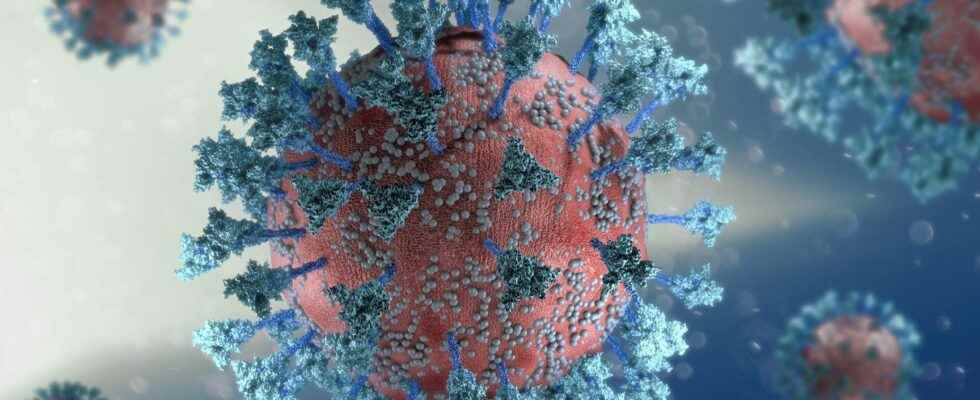Dr. Tedros Adhanom Ghebreyesus has been Director-General of WHO since May 2017. As his 5-year mandate has just been renewed, he set out his 3and strategic plan to combat virus. He started his speech specifying that this plan could and should be the last “.
Three scenarios
According to the most likely scenario, the virus will continue to evolve. But the disease it will trigger will be less and less severe, thanks to growing population immunity arising from the vaccination and infections. During peaks of contaminationvaccine boost campaigns for vulnerable people will be essential.
In the most optimistic scenario, the new variants emerging will be less severe. It will then be necessary neither to conduct recall campaigns nor to formulate new vaccines.
In the most pessimistic scenario, a new variant that is both very contagious and triggering a severe form of the disease could emerge. The immune protection of the populations could then not be sufficient. In this case, the vaccines should be transformed to be effective and go first to the most fragile people.
Five key elements
For the director of the WHO, the fight against pandemic includes five key elements.
The first of these is monitoring, via laboratories and public health organizations. This involves massive test campaigns and the sequencing of a large number of samples.
Vaccination is cited in second place. The director of the WHO recalls that the doses must be equitably distributed between the countries. He clarifies that it is ” the most powerful tool we have to save lives “. To keep the virus under control, it is essential to vaccinate 70% of the world’s population, giving priority to health professionals and people at risk of developing a serious form of the disease.
While the richest countries have launched the campaign for the 4and dose, many countries in Africa have still not had access to the first dose. In addition, vaccination must be coupled with public policies of health restrictions when necessary: wearing a masksocial distancing, hand hygiene, room ventilation.
The third element concerns health systems, which will have to be more solid. Research and development are cited in 4and position. Finally, in 5and, the coordination of actions is essential. It is a question of moving from emergency management to the management of a respiratory disease. The director concludes his speech by announcing that surveillance systems genomics potentials pathogens will be launched.
Interested in what you just read?
